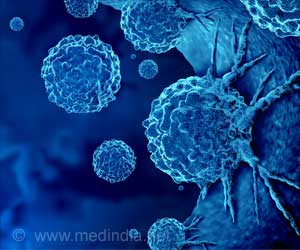In the previous work, Van den Bergh noted that in clonal cultures of bacteria (where all cells are genetically identical), there are always a few cells of bacteria that survive the treatment with antibiotics. “Maybe one in a thousand cells, or even only one in a hundred thousand, will survive. We cultured these survivors and treated them again, to evolve bacteria in the lab that are more antibiotic-tolerant.” Only after a few days of this evolution of recovery and treatment, almost 50% of these bacteria would survive the antibiotic treatment.
In the current work, genetic analysis showed that these survivors share mutations in one crucial cellular system: Respiratory Complex I. This is a vital part of the mechanisms that drive energy production in bacteria and other micro-organisms. Specifically, mutations block the ability of this complex to pump protons from cells. This can cause severe heartburn because the cells cannot get rid of the accumulating acid.
Acidity
“We wondered how this could lead to increased survival,” explains Van den Bergh. The solution to this question lies in the chance during a meeting at a conference in Switzerland between his supervisor Jan Michiels and Matthias Heinemann, a specialist in cell metabolism and professor of molecular systems biology at the University of Groningen. Michiels gave a talk on cellular acidification, and Heinemann presented the data, which showed that a problem in metabolism can lead to tolerance against antibiotics. The two scientists finally concluded that they were studying the same phenomenon but from different perspectives of view.
It took a lot of laboratory work from several researchers to connect and compare their observations and to determine how cells evade the lethal effects of antibiotics.
Heinemann told “Any metabolic disturbance will lead to increased acidity inside the cells. When the Respiratory Complex I can’t pump the protons out, the acidity will continue to increase. Eventually, this leads to a full shutdown of all protein-based processes and of the synthesis of new proteins. This renders the used antibiotics useless, as their mechanism of action is interference with protein synthesis.”
Resistance
Once the antibiotics were removed and the metabolic problem was restored, acidity was reduced and the cells rebooted. This is how the hypertolerant mutants evolved in the lab-survived treatment. Van den Bergh said “We didn’t explore how they then acquire resistance, but there are different pathways that may lead to this, like an increase in mutation rate caused by stress, or simply a numbers game: more cells survive and the needed treatment time prolongs, so the chances increases that one of these cells picks up resistance.” This discovery could help in fighting antibiotic resistance, for example, by using drugs that reduce the acidity in cells.
Heinemann and Van den Bergh believe that there is still more to discover about these tolerance mechanisms. Van den Bergh told “We have evolved many other hyper tolerant mutants with different mutations, most of them in transport systems for ions or charged molecules. I would like to find out more about those and how the transport and balance of ions affect antibiotic tolerance.”
Contributions
The research for the journal Nature Communications was done mainly at the KU Leuven and University of Groningen, with sufficient contributions from the scientists at the Albert-Ludwigs-University of Freiburg, Germany, and the Proteomics Core Facility, University of Basel, Switzerland.
Source: Eurekalert



